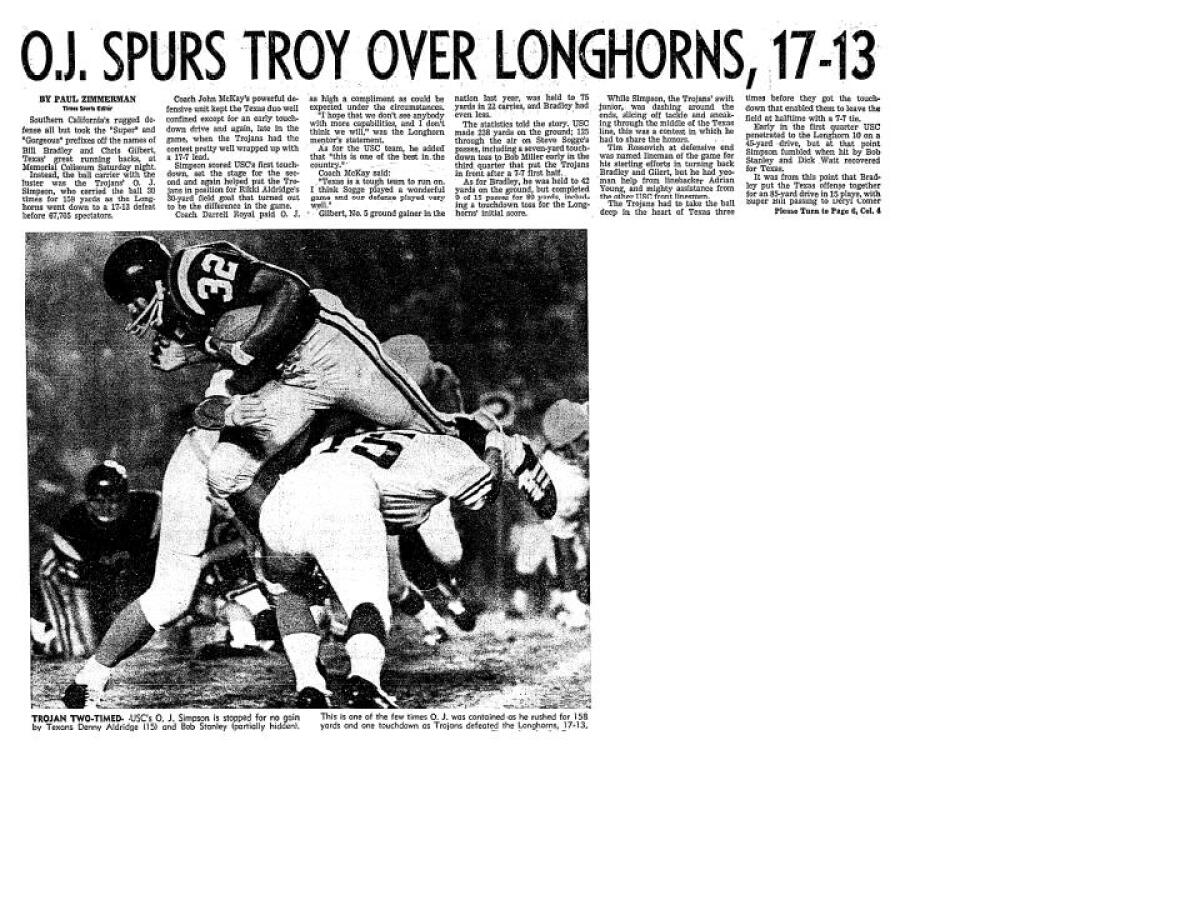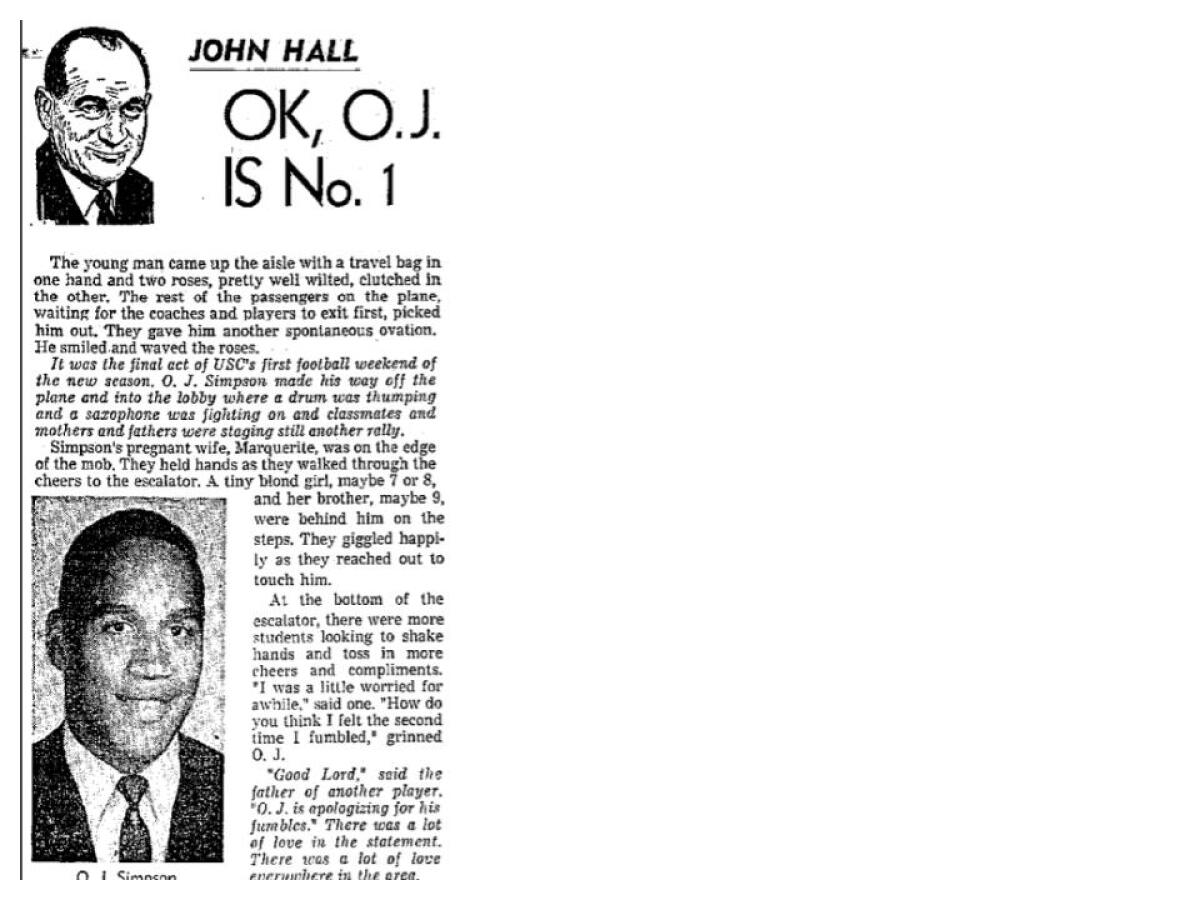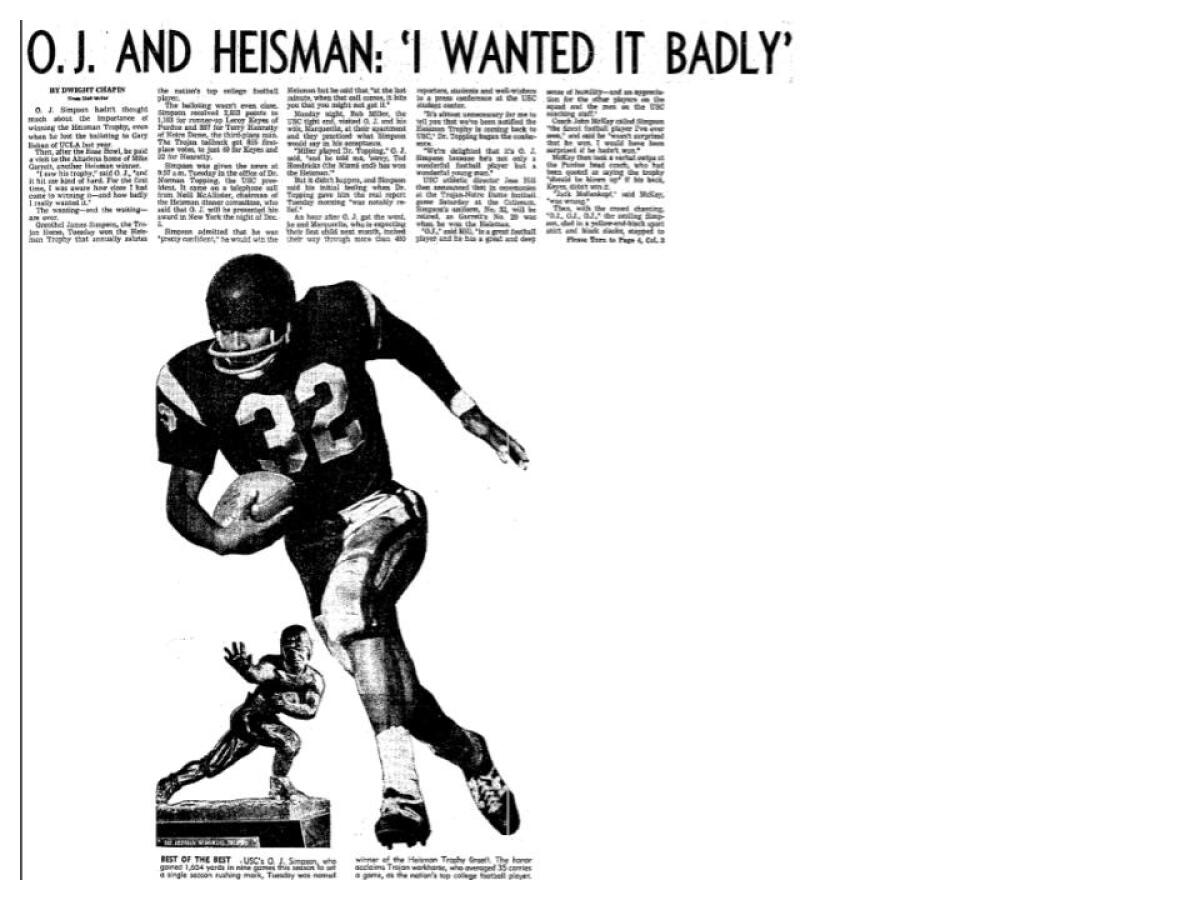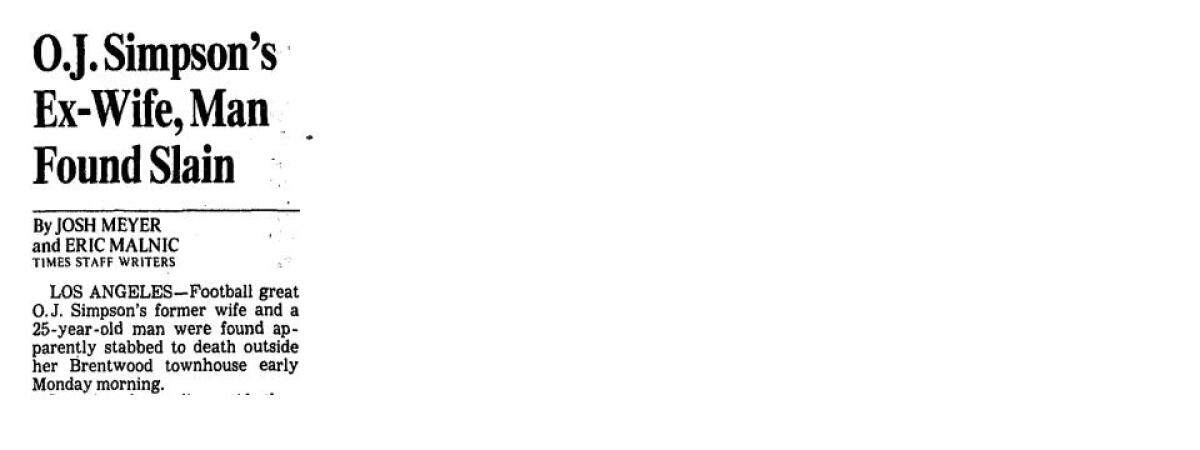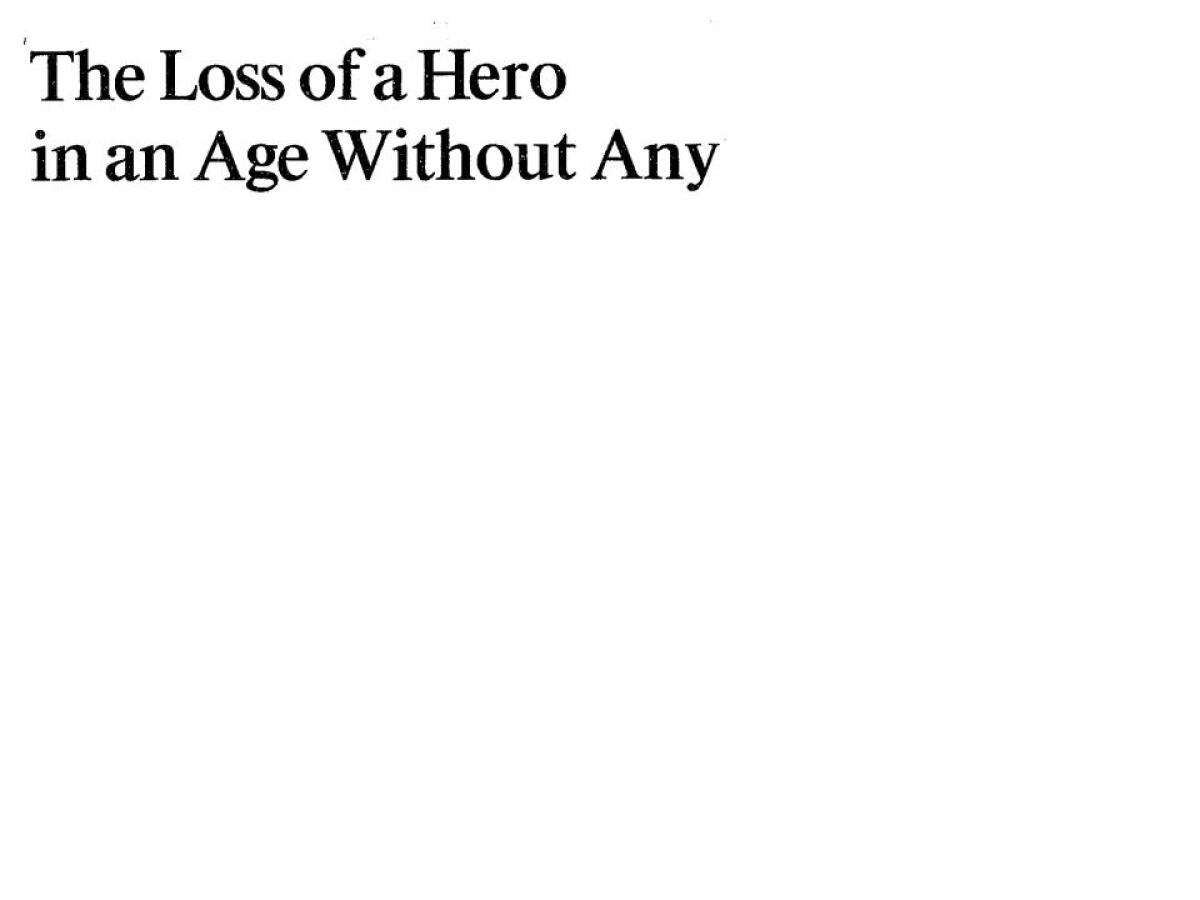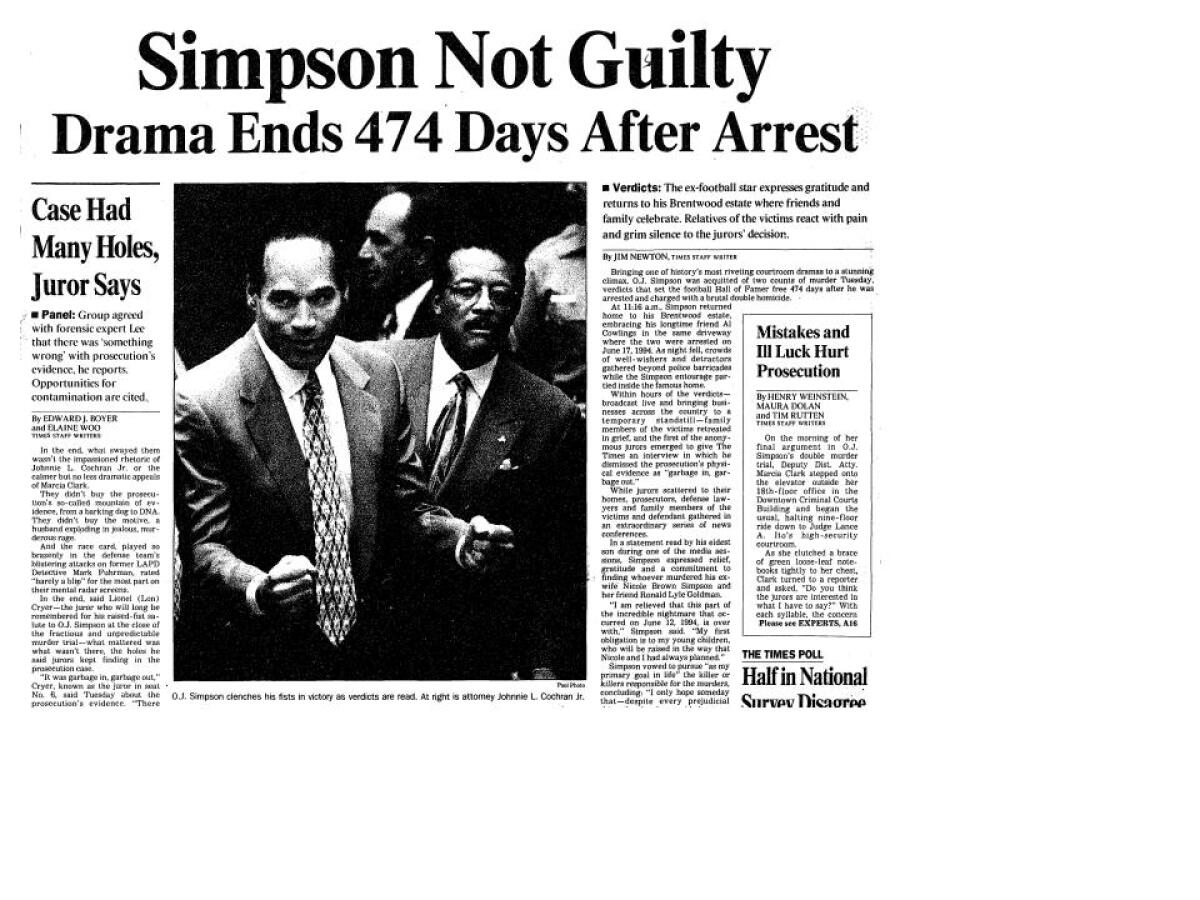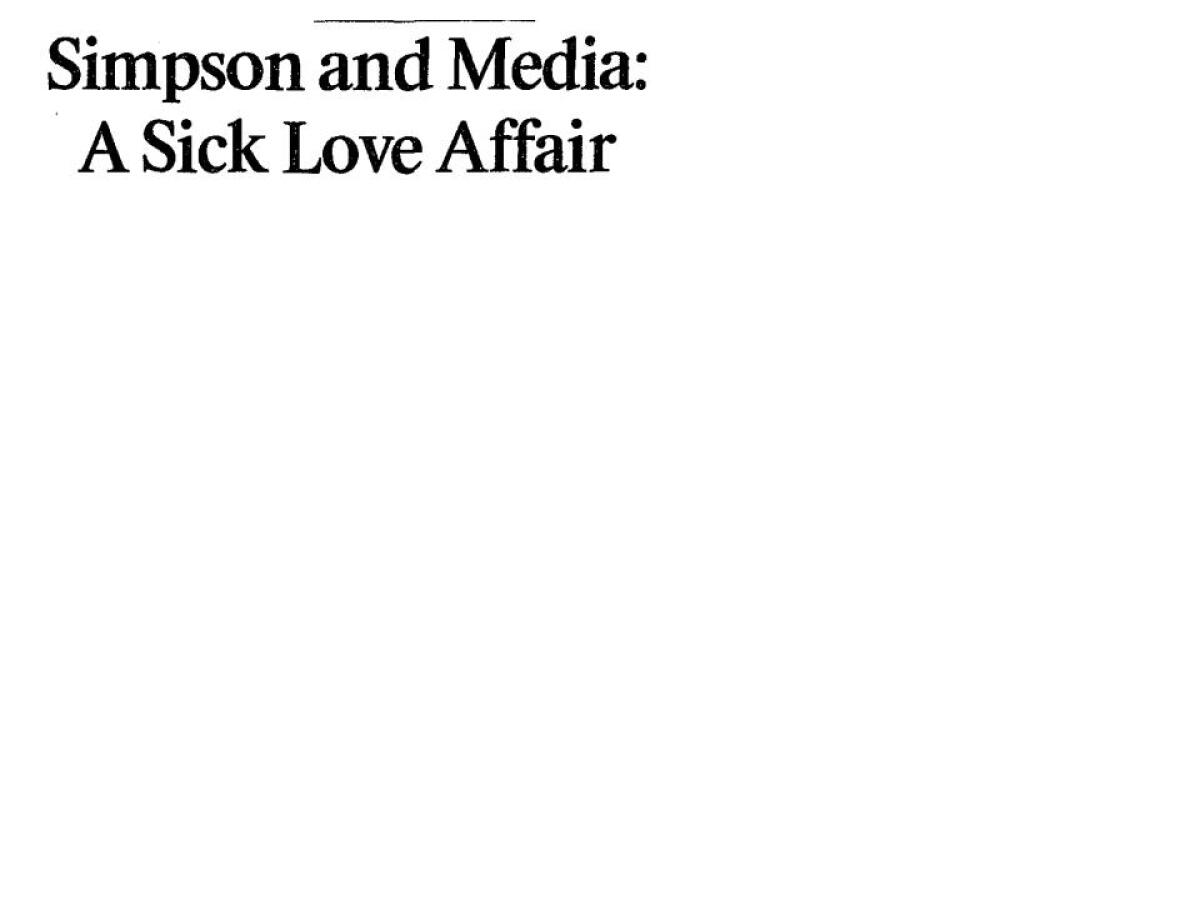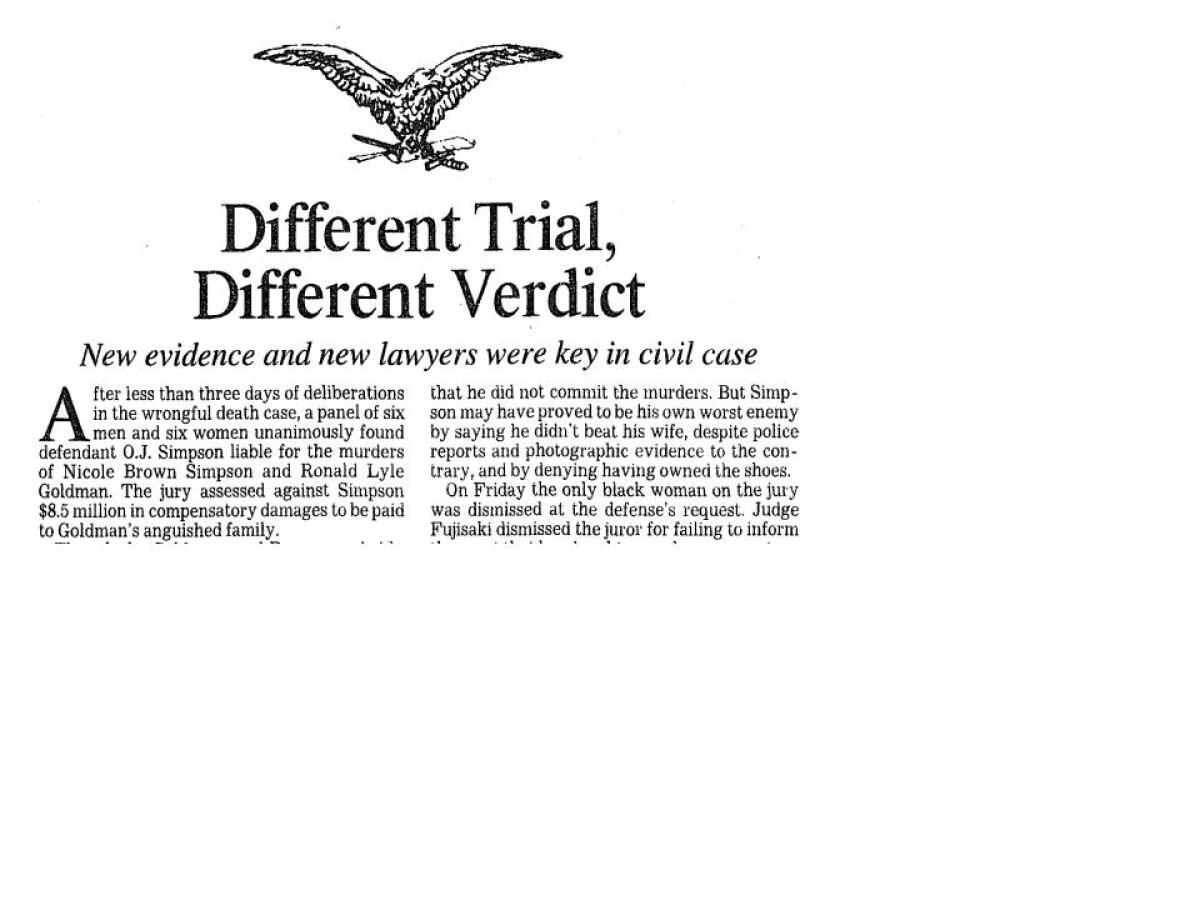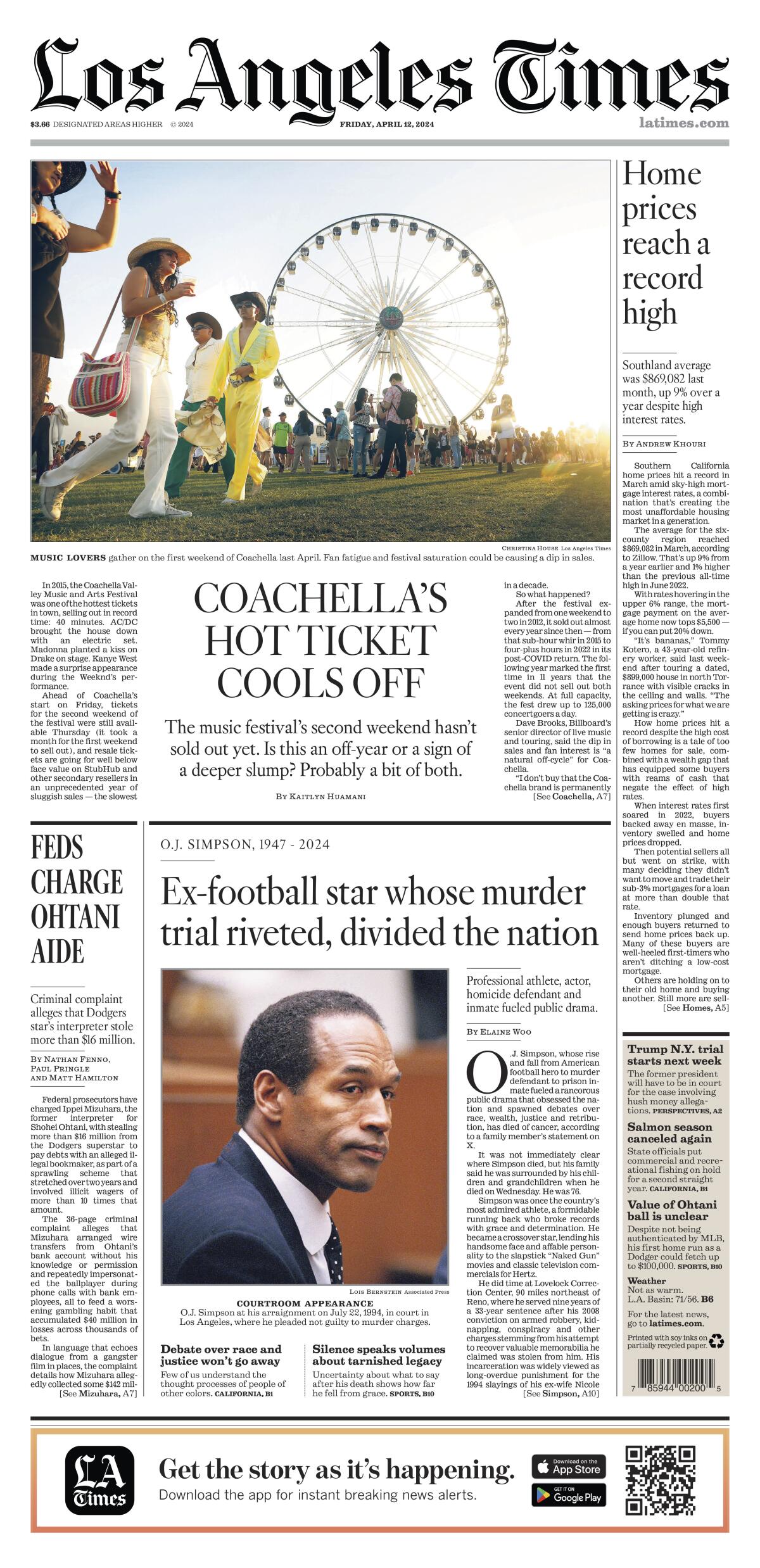Sign up for Essential California
The most important California stories and recommendations in your inbox every morning.
You may occasionally receive promotional content from the Los Angeles Times.
Follow Us
David Wharton has filled an array of roles — covering the courts, entertainment, sports and the second Persian Gulf War — since starting as a Los Angeles Times intern in 1982. His work has been honored by organizations such as the Society for Features Journalism and Associated Press Sports Editors and has been anthologized in “Best American Sports Writing.” Wharton has also been nominated for an Emmy and has written two books, including “Conquest,” an inside look at USC football during the Pete Carroll era. He left The Times in 2025.
More From the Los Angeles Times
Podcasts
Many Altadena & Pacific Palisades residents can’t afford to rebuild. What will this displacement mean for their communities?
In 2016, Sherri Papini from Redding faked her kidnapping, a hoax uncovered three weeks later. This week’s podcast revisits why the “happy housewife” plotted it and why the decade-old story is back.
Trump’s new budget guts federal solar/wind aid, favoring fossil fuels. Sammy Roth talks with Jesse Jenkins about its potential to worsen climate pollution & raise energy costs.


